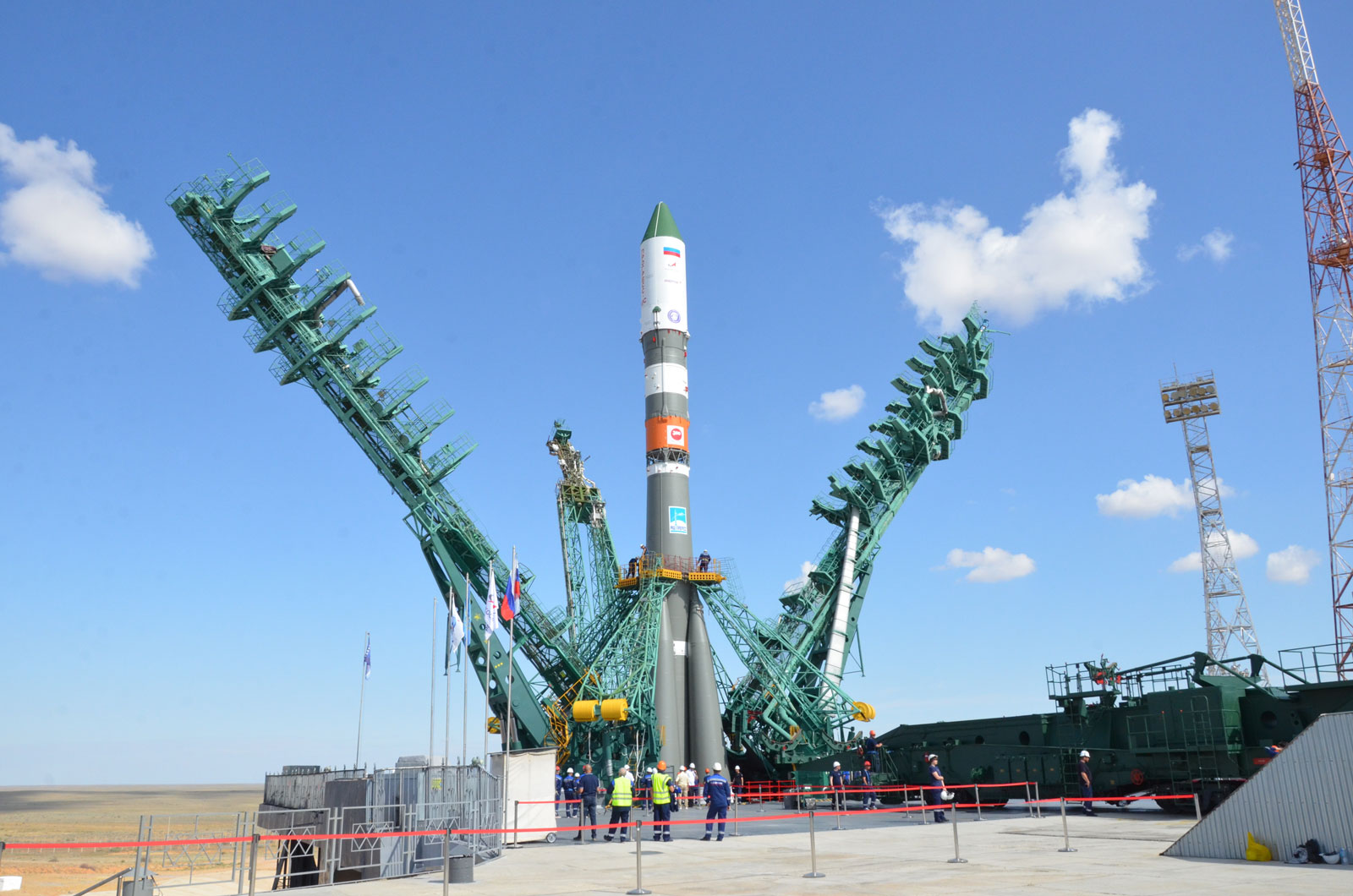Soyuz 2.1a Launch Schedule
Stay up-to-date on upcoming Soyuz 2.1a rocket launches with our live schedule. You can browse all 4 planned Soyuz 2.1a missions on our website, and you can live stream any Soyuz 2.1a rocket launch happening today.
Launch Service Provider
Vehicle
Mission
Progress MS-33 (94P)
Mission Type
Resupply
Destination
Low Earth Orbit
Progress resupply mission to the International Space Station.
Last Update: NET March 22.
🔔 Set up an email alert for upcoming launches
Get a weekly email containing all launches scheduled for the coming week.
Upcoming Soyuz 2.1a Launches
25 Apr, 10:21pm
UTC
Progress resupply mission to the International Space Station.
Updated: Dec 26, 10:00am UTC
17 Jun, 1:40am
UTC
Progress resupply mission to the International Space Station.
Updated: Dec 26, 10:00am UTC
14 Jul, 2:43pm
UTC
Soyuz MS-29 will carry three cosmonauts and one astronaut to the International Space Station aboard the Soyuz spacecraft from the Baikonur Cosmodrome in Kazakhstan. The crew consists of Roscosmos cosmonauts Pyotr Dubrov and Anna Kikina, as well as NASA astronaut Anil Menon.
Last Update: NET July 14.


